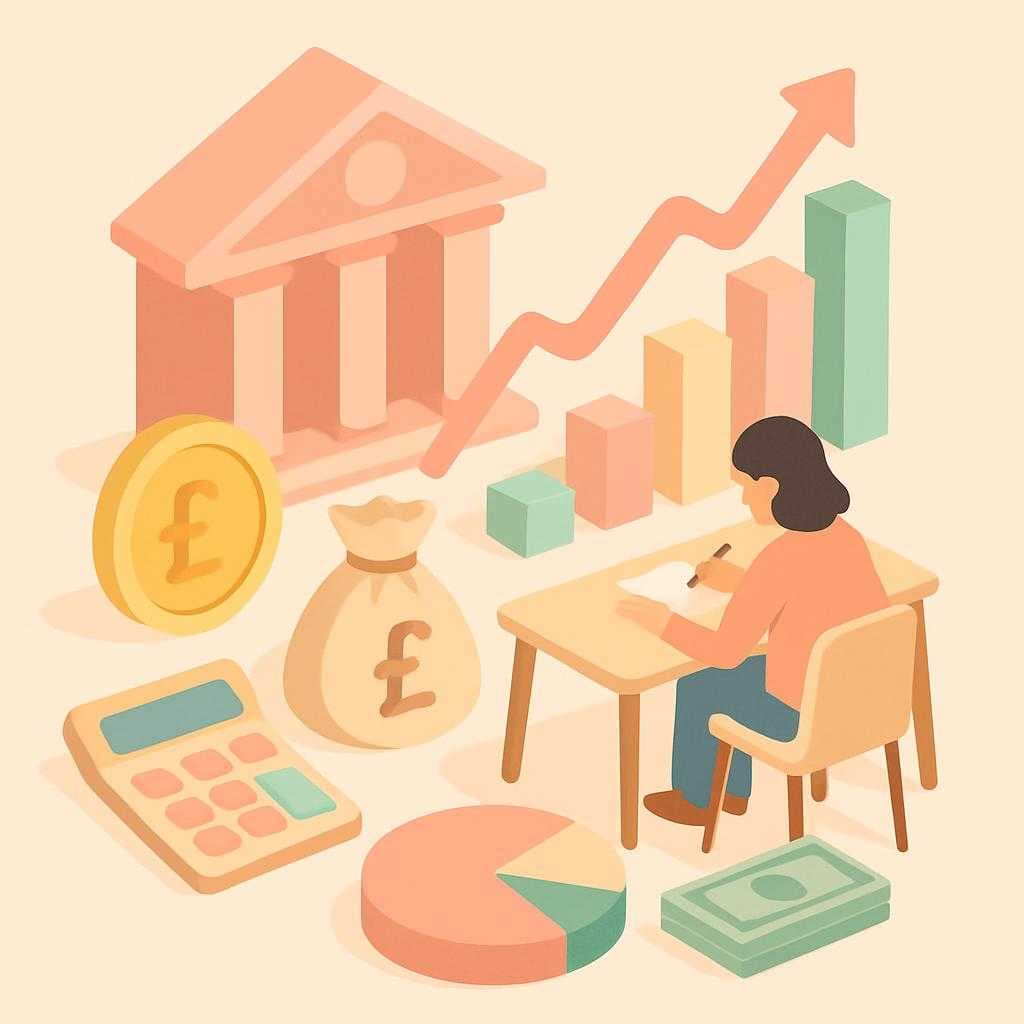Cracking the Code: Understanding Economic Indicators for GCSE Economics Success
As GCSE Economics exams approach, students across the UK are diving deep into economic principles, theories, and data analysis. Understanding economic indicators is crucial for excelling in exams set by the major exam boards, including AQA, OCR, and Edexcel. In this post, we'll demystify economic indicators, empowering you to tackle your economics exams confidently.
What Are Economic Indicators?
Economic indicators are statistics that provide insight into the health and direction of an economy. They can be classified into three types: leading, lagging, and coincident indicators. These figures are essential for understanding economic trends, which can help you predict future economic conditions—an invaluable skill for any economics student.
Key Economic Indicators to Know
-
Gross Domestic Product (GDP): This measures the total value of goods and services produced in a country, providing a snapshot of economic health. A rising GDP indicates economic growth, while a declining GDP suggests a contraction.
-
Unemployment Rate: This indicator shows the percentage of the labor force that is unemployed and actively seeking employment. A high unemployment rate can signal economic distress, whereas a low rate often indicates a thriving economy.
-
Inflation Rate: Measured by the Consumer Price Index (CPI), inflation reflects the rate at which the general level of prices for goods and services is rising. Understanding inflation is crucial for exams, as it affects purchasing power and economic policy.
-
Interest Rates: Set by the Bank of England, interest rates influence borrowing and spending. They are a tool for controlling inflation and stimulating economic activity, making them a critical topic in your studies.
Applying Economic Indicators in Exams
The UK exam boards—AQA, OCR, and Edexcel—often include questions that require you to interpret economic indicators. Here are some tips:
-
Analyse Trends: Look for patterns in data over time. For example, a consistent rise in GDP could imply positive economic growth.
-
Evaluate Impacts: Consider how changes in indicators like inflation or unemployment affect businesses, consumers, and government policy.
-
Use Real-World Examples: Relate your answers to current events. This not only demonstrates your understanding but also shows your ability to apply theory to practice.
Final Thoughts
Mastering economic indicators is an essential part of succeeding in your GCSE Economics exams. By understanding how these indicators reflect the broader economic picture, you can enhance your analytical skills and improve your exam performance. Remember, whether you're studying with AQA, OCR, or Edexcel, a solid grasp of these concepts will set you on the path to success. Keep an eye on current economic trends and practice interpreting data to stay ahead in your studies. Good luck!
